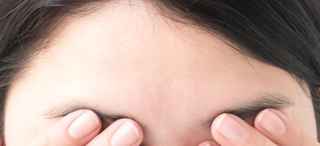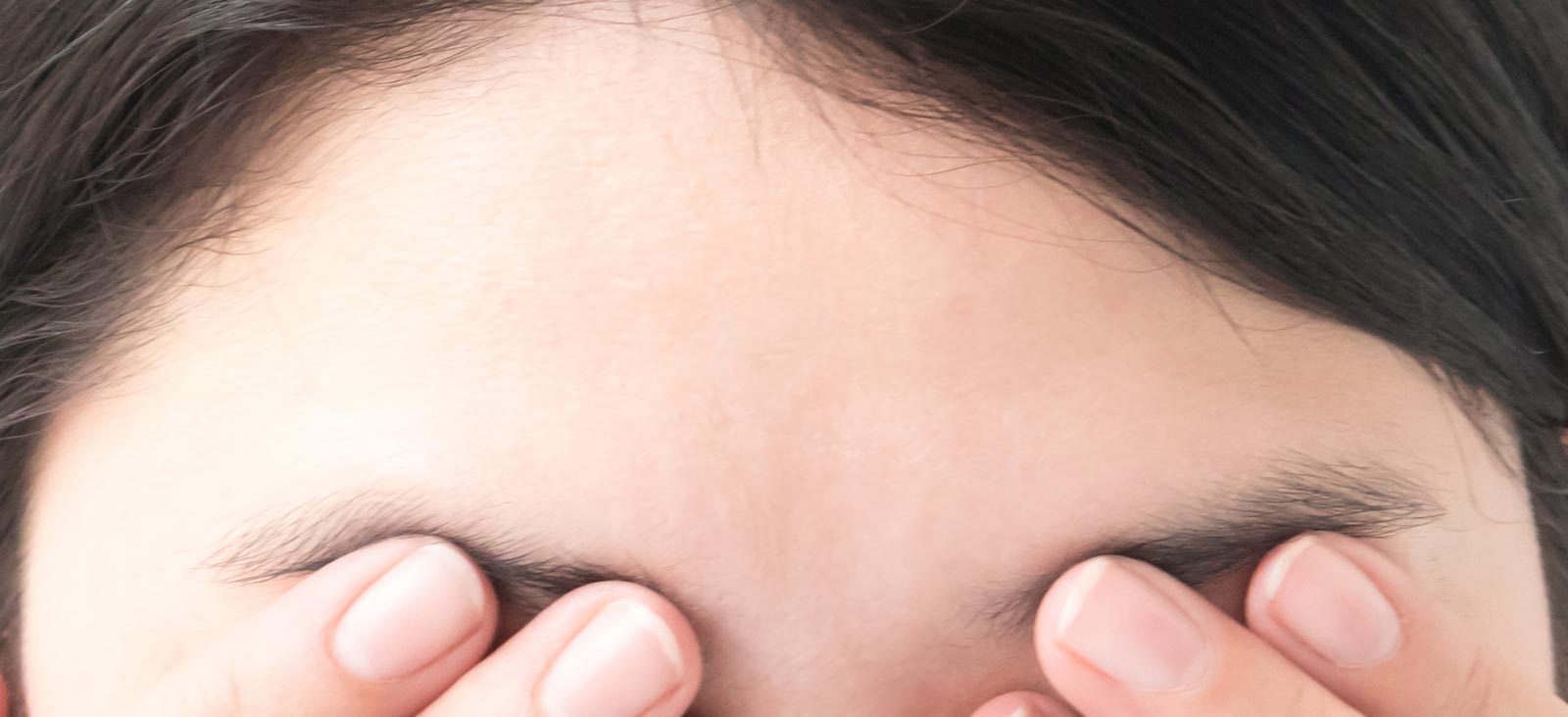When the frontal branch of the facial nerve is injured, paralysis of the forehead and brow may occur.
Symptoms of Forehead Paralysis
A common problem associated with forehead paralysis includes dropping of the eyebrow on the paralyzed side and the inability to raise it.
In younger patients this is not very noticeable at rest but becomes more noticeable during expressions.
In older patients, the brow asymmetry becomes significantly more noticeable resulting in a low brow on the paralyzed, which commonly causing disturbances in visual fields, especially when looking upwards.
Treating Forehead Paralysis
Depending on the severity of the asymmetry, surgery is the preferred method to raise the brow. Different surgical techniques are specifically tailored to the patient and depends on severity and age.
For children or young-adult patients often no treatment is needed.
Older patients often benefit from slightly weakening the healthy side to achieve more symmetry, commonly using Botox injections.
In older patients with considerably asymmetric brows, elevation of the paralyzed brow can be performed in several techniques, including elevation through the brow in mild cases, through the skin above the brow in moderate drooping and resection of skin above the brow in severe cases of brow drooping. Dynamic animation such as restoring motion to the brow should be discussed with your reconstructive surgeon.




